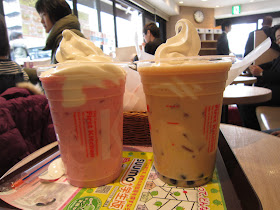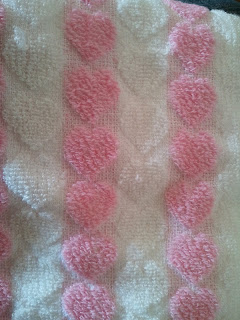I never imagined how complicated the recycling system could be in Japan, but I am learning. Even though it is a lot of work, I really think that everyone should adopt a similar program because it's more environmentally friendly.
First, there's burnable trash that includes kitchen waste, paper, wood, cloth, leather, and some plastic products. These items go into trash bags with blue lettering.
Second, there's non-burnable which includes pottery, metallic products, glassware, electrical and plastic products. These products go into trash bags with red lettering.
Third, there's plastic products such as food trays, plastic bottles, packaging, lids, and wrappers. These go into trash bags with green lettering.
Fourth, there's large-sized garbage, which is in a totally different category.
Also, I noticed that there are divisions among the trash for recycling products. If you have a water bottle, the plastic goes into one trash bag and the caps in another. Glass will go into one bag, but if it's broken, it is placed into a different green one. It's very complicated.
If you buy a package of Pringles, you MUST cut the metal off the bottom of the container, and remove the lid, and place it into non-burnable, but the paper part of the container must go into the burnable bag. I guess I won't be eating any Pringles soon. It's so much work!
I also assumed that a yogurt container should go into the trash bag with red lettering (non-burnable) because it is plastic, but I learned today that it is burnable. There is a kanji on the back of products that will also tell you if it is burnable.
You have to buy your own trash bags too and ensure your trash is put into the correct bag or there will be a problem.
It's very interesting to see how recycling is done in Japan. In Hawaii, we do some recycling, but it's nothing like here.



















































